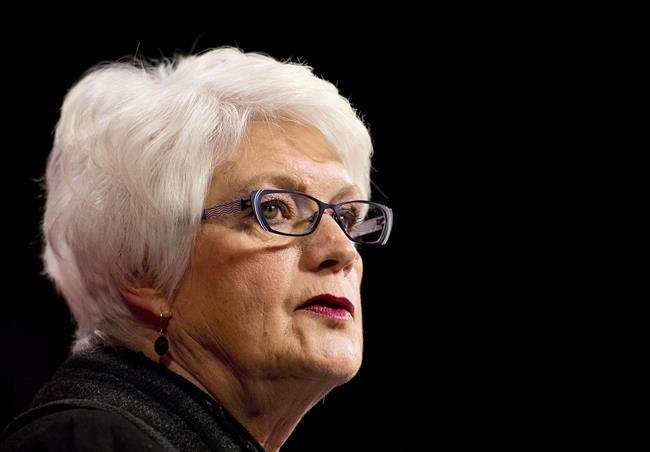Ontarians have been struggling with the financial burden of high electricity bills and the Government of Ontario wants to relieve the pressure, Guelph MP and President of the Treasury Board Liz Sandals said Thursday.
She was speaking by telephone shortly after the province announced an additional 17 per cent reduction to hydro rates, tacking it on to an eight per cent reduction already announced. That amounts to a significant, and what the government is calling a historical, 25 per cent total reduction to the power bills of households across the province.
Sandals said that with the Ontario economy picking up, and additional tax revenues coming in, the government is continuing to project a balanced budget by 2017-18.
“I think we’ve heard from people all across the province that some of them are really, really struggling with their electricity bills,” she said. “So we sat down, had a look and said, what can we do to make the electricity bills more affordable.”
The rate reductions under what is being called the Fair Hydro Plan, takes effect in the summer. Those in eligible rural communities, and low income households could see even larger rate reductions.
The government is vowing to keep any rate increases over the next four years held at the rate of inflation.
According to an announcement by the government on Thursday, years of neglect by successive governments left the electrical system in need of major restructuring at a cost of more than $50 billion.
“Everybody ignored building new capacity,” Sandals said. “So when we came in in 2003, Ontario didn’t have enough generating capacity to keep the lights on. We had to play catch up.”
Paying for those catch-up investments fell solely on the shoulders of current rate-payers. Now it will be spread out over 30 years, relieving that pressure.
Sandals said the government examined the life span of the province’s new electrical assets and estimated they will go on generating for at least 30 years. It based original financing on a 20-year model.
“So why are we asking today’s consumer to pay in 20 years for something that people are going to be using for 30 years,” Sandals said. “We are saying that everybody who is going to get electricity from that generator (over a 30-year period) should help pay for the capital costs of building that generator.”
